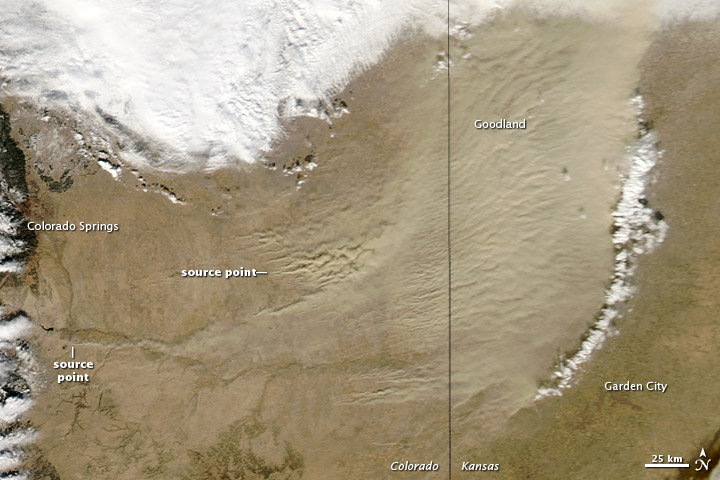Greetings from Silverton -
As we approach the end of January, and the Water Congress sessions next week, we can still report that, so far this season, we have observed only a single dust-on-snow deposition here at the Senator Beck Basin Study Area, at Red Mountain Pass, deposited November 9th (D1-WY2013). Unfortunately, we have also seen only a single winter storm so far in January, our CSAS Storm #9 on the 10th and 11th containing 1.0" of water content. That storm did not deliver any new dust. Since beginning our monitoring at Senator Beck Basin, we have yet to observe dust-on-snow events in the month of January.
The bar graphs below illustrate daily precipitation totals (left scale) and snowpack depths (right scale) at our Swamp Angel (SASP) and Senator Beck (SBSP) study plots for Water Years 2011, 2012, and 2013 (top) in progress. As of this morning, Jan 25, and just prior to what is likely to be our Storm #10 of the season tomorrow, we are 4.5" behind WY 2012 and 10.0" behind WY 2011 in total Water Year precipitation. For about 36 hours during and following Storm #9 our total snow depth (height of snow) at SASP exceeded 1 meter, but then quickly fell back below that benchmark, where it remains today. As of two days ago, bare rock, tundra, and grass were still exposed very near our SBSP tower and throughout the alpine terrain of Senator Beck Basin.



Storm #9 did include some fierce winds, on January 11th. Although we didn't observe new dust-on-snow here, the same cold front that drove those winds reached eastern Colorado later that afternoon and did produce a significant dust storm for southeastern Colorado and western Kansas, as seen in the image from NASA, below:
Happily, Colorado is about to benefit from perhaps two significant winter storms starting Friday night with the first system, favoring the southern mountains, and a possible second larger system tracking somewhat farther north. The National Weather Service also predicts measurable rains throughout most dust source areas in the Colorado Plateau today (Friday, Jan 25) and tomorrow, at elevations up to 8,000'-9,000', and snow in the higher elevations of the Plateau.
Those of you attending the Water Congress may be interested in the presentation on Friday morning by Rich Reynolds, from the US Geologic Survey. Rich, whom we work closely with, will provide an overview of his programs efforts to better understand the sources and physical characteristics of 'bulk' dust samples that we're collecting from our snowpack at Senator Beck Basin, and that others are collecting for Rich in the Wasatch Range in Utah. His program also provides CODOS with lab services, making precision measurements of the mass of mineral material contained in the 0.5 m2 dust 'event' samples we are collecting at Senator Beck Basin, a vital element in our CODOS dust monitoring program.

![]()





